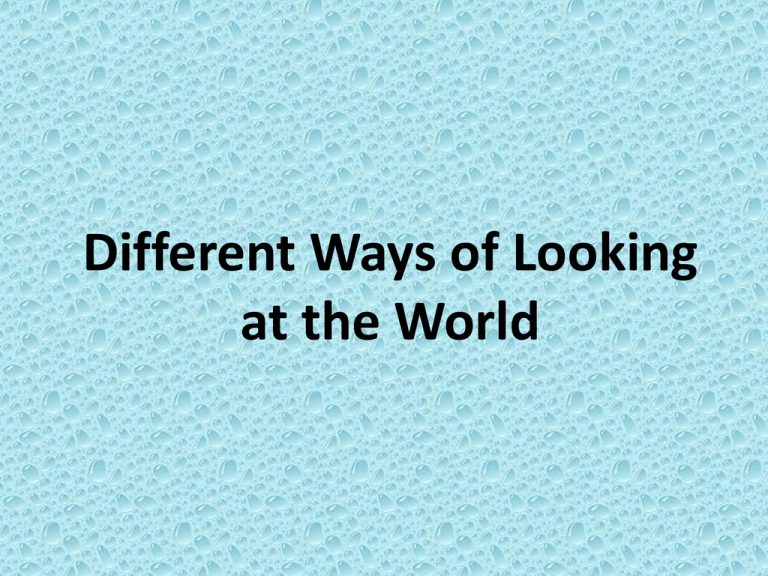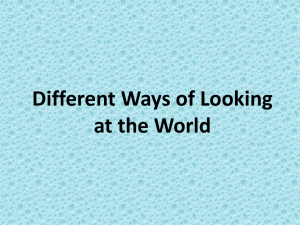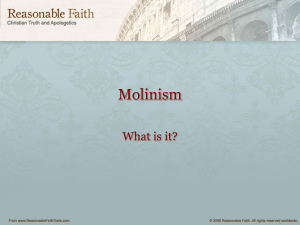Different Ways of Looking at the World
advertisement

Different Ways of Looking at the World Grouping Countries • There is no clear agreement on what constitutes a country. Being a member of the UN is one way. • In 2008 there were 192 members of the UN. – Not including Taiwan, Palestinian Territories or Kosovo. • Another grouping is by the degree that a country actively participates in a globalized world. This is assessed in 3 ways… 1. Economic development – per-capita GDP, ratio of cars to people, etc… 2. Social Development – level of education, healthcare, life expectancy, infant mortality, etc… 3. Political Maturity – democratic or not, low level of corruption, electoral system, rule of law, etc… Core and Periphery • More globalized core, or Core for short – contribute to, and benefit from , globalization. – Relatively wealthy, comfortable lifestyles, advanced economies, secure environment, good healthcare, high degree of freedom, governments are generally corruption free. • Less globalized periphery, or Periphery for short – have not significantly benefited from globalization. – Much poorer, people have less security, limited political freedom and civil liberty, and corruption is almost always a serious problem. Old Core and New Core • The Core can be divided into two subgroups; the Old Core and the New Core. • The Old Core being the established nations (Canada, Germany) • The New Core countries are not as wealthy and often have governments that are not as democratic as the Old Core, but have the potential to join the Old Core over time. (Poland, Malaysia) Near-Core and Far Periphery • The Near-Core has potential to join the core in a few decades with continued economic, social , and political growth. (Iran, Philippines) • The Far Periphery lacks the level of economic, social and political development to become fully functioning members of a globalized world. (Bangladesh, Zambia) Other Ways to Group Countries Using Two Groups Using Three Groups • Developed/Underdeveloped • First/Second/Third World: Worlds: Static and Based on political unchanging. alignments. • Developed/Developing • Developed/Newly Worlds: Countries can move Industrialized/Developing: up or down the scale. Entirely economically based. • North-South: Most developed nations are farther north. Five Worlds Model • The First and Second Worlds were basically the same as the First and Second worlds in the Three Worlds Model. • Third World countries had levels of social and economic development that were moving toward first world levels. Mexico Brazil Malaysia • Fourth World countries had economic and social developments that were in early stages of transition toward the First World level of development. Ecuador Egypt Indonesia • Fifth World countries showed little evidence of starting the transition toward the social and economic development of the First World. Bangladesh Haiti Ethiopia Why was it inevitable for the Five Worlds Model to evolve into the Four Worlds Model? As the Second World (communist) nations began to be replaced by various democratic and autocratic governments, the countries were grouped based more on their level of economic and social development, more than on the kind of government they had.







